Invented by Edward P. Espinosa, Individual
One of the key factors contributing to the popularity of wireless devices is the ability to access and manage data on the go. With the advent of high-speed internet and advanced wireless technologies like 5G, users can now access a vast amount of information and services with just a few taps on their devices.
However, with the increasing reliance on wireless devices and the sheer volume of data being generated, there is a need for selective user control and management of these devices and data. This is where innovative solutions and technologies come into play.
Selective user control allows individuals to have granular control over the access and usage of their wireless devices and data. For example, users can choose to limit certain apps or services from accessing their personal information or restrict the usage of their devices during specific hours. This level of control ensures privacy and security, giving users peace of mind in an increasingly connected world.
Management of a wireless device and data goes beyond just controlling access. It involves optimizing device performance, ensuring data backup and security, and managing device settings and configurations. With the proliferation of cloud-based services, users can now remotely manage their devices, update software, and even locate lost or stolen devices.
The market for selective user control and management of wireless devices and data is witnessing significant growth. Companies are developing innovative solutions and applications to cater to the evolving needs of users. For instance, there are apps that allow parents to control and monitor their children’s device usage, ensuring a safe and controlled digital environment.
Moreover, businesses are also recognizing the importance of managing wireless devices and data in the workplace. With the rise of remote work and the increasing use of mobile devices for business purposes, companies are investing in mobile device management (MDM) solutions to ensure data security, enforce policies, and streamline device management across their workforce.
The market for wireless device and data control and management is not limited to individual consumers and businesses. Governments and regulatory bodies are also taking steps to ensure data privacy and security. For instance, the European Union’s General Data Protection Regulation (GDPR) mandates strict guidelines for the collection, storage, and usage of personal data, including data generated by wireless devices.
In conclusion, the market for wireless devices and selective user control and management of these devices and data is expanding rapidly. With the increasing reliance on wireless connectivity and the need for privacy and security, users are demanding more control over their devices and data. Companies and developers are responding to this demand by creating innovative solutions that cater to individual users, businesses, and regulatory requirements. As the wireless device market continues to grow, so will the need for effective control and management solutions.
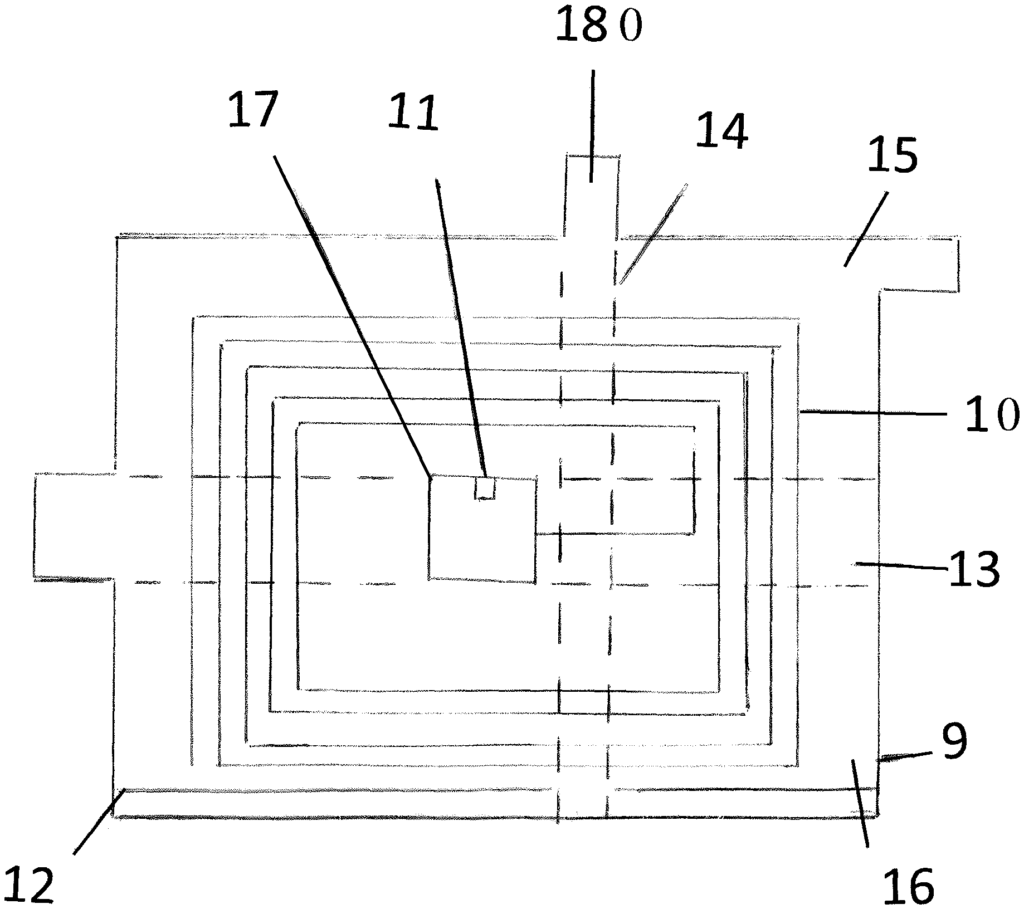
The Individual invention works as follows
A wireless transponder that can generate or activate data, as well as next-step data actions to be used with an appliance/device/network and a method for using the transponder.
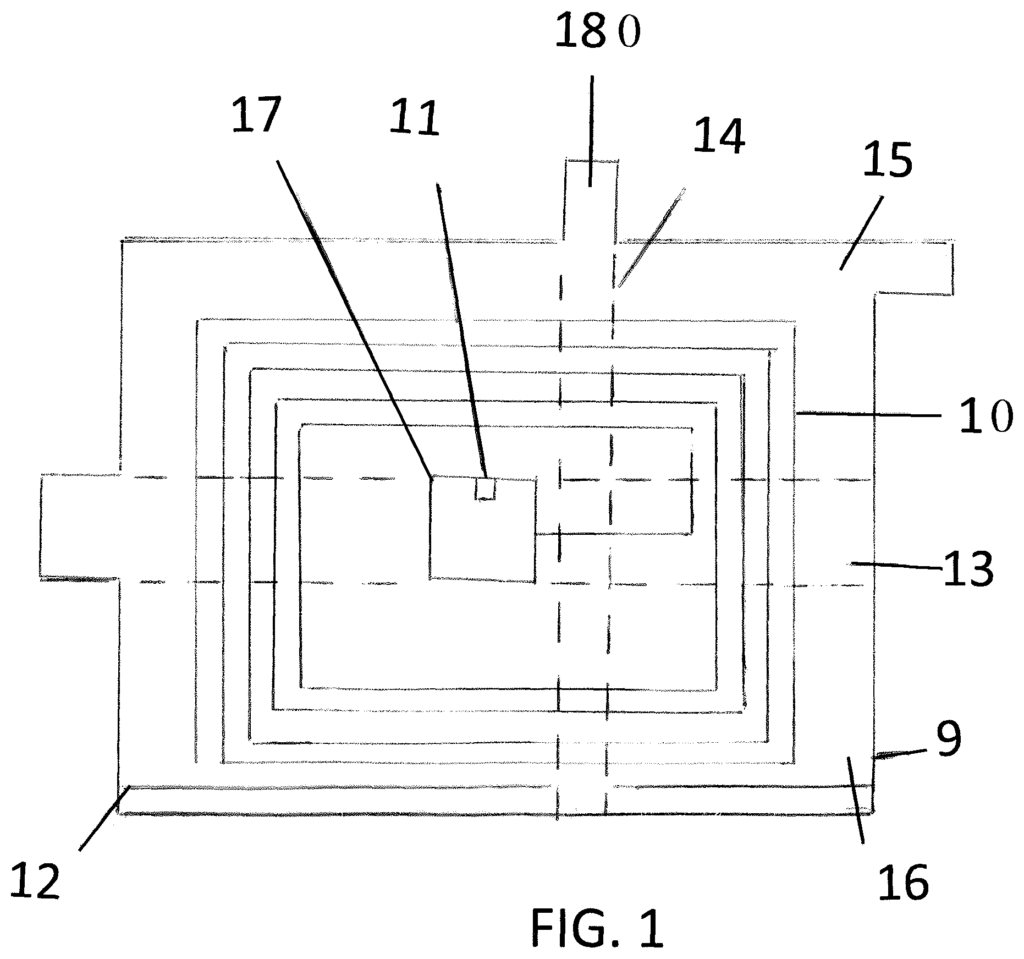
Background for Wireless Device and Selective User Control and Management of a Wireless Device and Data
RFID uses electromagnetic energy to stimulate tags to identify themselves or provide stored, collected or created data. Tag data can either be generated by chipless tags, tag components, unique data/identifiers, executable code or combinations of these. Chips, circuits or semiconductors can be used as tag components. Tag components can include a memory (?circuit? ), operating circuitry, a system on a microchip, an antenna connected to the chip, or combinations of these. A passive tag may also include an integrated circuit chip and an antenna.
A tag can respond to a radio-frequency interrogation from a reader by providing stored, generated or collected data. This data may come from sensor components, pulsing codes, data, identifiers and combinations of these, as well as tag components. Near-field coherent sensor applications can also direct electromagnetic energy into a product, body tissue or object by using tags that can be interrogated to receive pulsed or generated data. Near-field coherence sensing (NCS) Near-field coherent sensing (?NCS?) Can modulate external and internal vital signs, motion or change of human or non-human (?users?)
Tag applications are used for tracking and monitoring products in the supply chain. A tag may be embedded, attached or used on the exterior or interior surface of a CPG/FMCG container, product, or speaker. It can also be placed inside or outside a smart appliance (e.g., a tablet, phone or reader), wearable, or device. A tag can be sewn or attached to a garment (helmet, hats, shoes, socks, bands, straps, belts, bedding, or other clothing and devices) or disposed, embedded or attached on the exterior or interior of a CPG/FMCG product or container or if it is a reader enabled smart appliance, speaker, tablet, phone, beacon, wearable or device. The tag is held in place and positioned to send a signal. Tags and sensors are typically manufactured with an unique identification number. (For example, a tag can be equipped with a memory to store the unique tracking identifier of a product (?electronic code? Tags or sensors are usually manufactured with a unique identification number (e.g., a tag identifier can include a memory bank to store identifying information about tagging – “electronic product code” A serial number with an associated check-digit, product/service or customer information, and identifiers. The number of a unique serial number or identification is not altered, and it’s usually only used once. A tag can also be read-only and respond to an interrogation with a unique identification, number, tag or product (or appliance/device), technology, sensor, database, network, module data, data, activation data, etc. A unique serial number or identifier can be used to identify a user, product, device, or garment. It may also refer to a database, network, server, data module, or store (?network?) Platform or network? Other embodiments may not include a unique number stored on a circuit, but instead incorporate aluminum fibers in labels or paper to reflect RF energy and create a unique signal which a computer will then convert into a serial number.
A tag or sensor technology that generates or activates data, such as an executable or run code, or a respective reference, allows a tag or appliance/device to collect, store, process, analyze, convert, share, or store activation data. Patent Application No. This document incorporates by reference the entire 20180204031. Data for tag generation or activation can be configured to include a digital reference in order to connect or communicate with data that is incorporated, related, or associated with an appliance/device or technology, network, or data module. Data module relationships or connections can activate or include next-step data actions or processes, for appliance/devices, networks or data modules. This can include products or services from home, retailers, wholesalers, manufacturers, hospitality, industrial or healthcare providers, or agricultural and food/recipes.
The following summary is intended to present certain aspects of disclosed invention, and not as a detailed review. The primary goal is to give a brief introduction to certain concepts, such as embodiments, systems or programs, and methods. All FIGS. All FIGS.
The present invention is a tag that has a user-controlled means for selectively deactivating, activating, disabling or reconfiguring a tag. This tag can be used to prevent untimely interrogation, or to manage and control user, product generated, collected, or data activation technologies. These tags can also be configured to perform next step data actions. The invention, at this point, provides a mechanical means that allows a user, to selectively deactivate, enable, or reconfigure, a tag. It also provides a physical confirmation or digital confirmation, and initiates next step data action. The user-controlled means comprises a material or cover to cover or encapsulate a sensor, so that it is not exposed and cannot produce sensor data.
Another aspect of the invention is to provide appliance/devices, technologies, garments, networks or data modules that create an efficient and self-operating market for home, retail, wholesale manufacture, hospitality or industrial products, services or providers. Data technology or tag-generated, activated data can be used to create data module relationships or connections between, among and for a user, appliance/devices, technologies, garments or networks, data modules, products, services, or providers. These data modules and the next-step data actions, in turn, can improve data communication and efficiency throughout the supply chain and inventory management system. These data modules, methods and systems can enable and include additional participants in order to connect and communicate users, products, or services. A tag, for example, can connect and communicate with an appliance/device data module or network data module in the pharmaceutical and medical, agriculture, food and recipes, automotive and transportation, insurance, security, and emergency sectors, to provide products and services related to users, as well as products and services related to supply, inventory and product order, fulfillment, and payment. The appliance/devices, technology, clothing, network, or data modules are configured to create an automated and reliable service platform that can provide better costs, services, and reach.
Another aspect of the invention is a method or process to convert sensor-generated or data activation technologies into synthesized speech or text. Tag voice recognition technology can convert electrical, modulation or amplitude changes in tag products, as well as other data activation or related tags, identifiers or code data, into synthesized speech or text. This process can be integrated into an appliance/device/technology, garment, data module or network, or combinations thereof.
Another embodiment is an appliance/device/technology or garment configured to communicate or incorporate an embedded reader module configured for scanning and reading tag generated activation, data, or tags and processing this data in order to track, monitor and locate a user, good, service or provider and to activate the next data action.
Another embodiment” provides a system and method for the use multiple brand names or logos with communicative indicators attached or connected to an appliances/devices, technology, garments, containers, or related marketing, wherein one or more of the logos can be used to represent an unique, different, or distinct service, product or benefit, or to provide an association to a related service, product or provider.
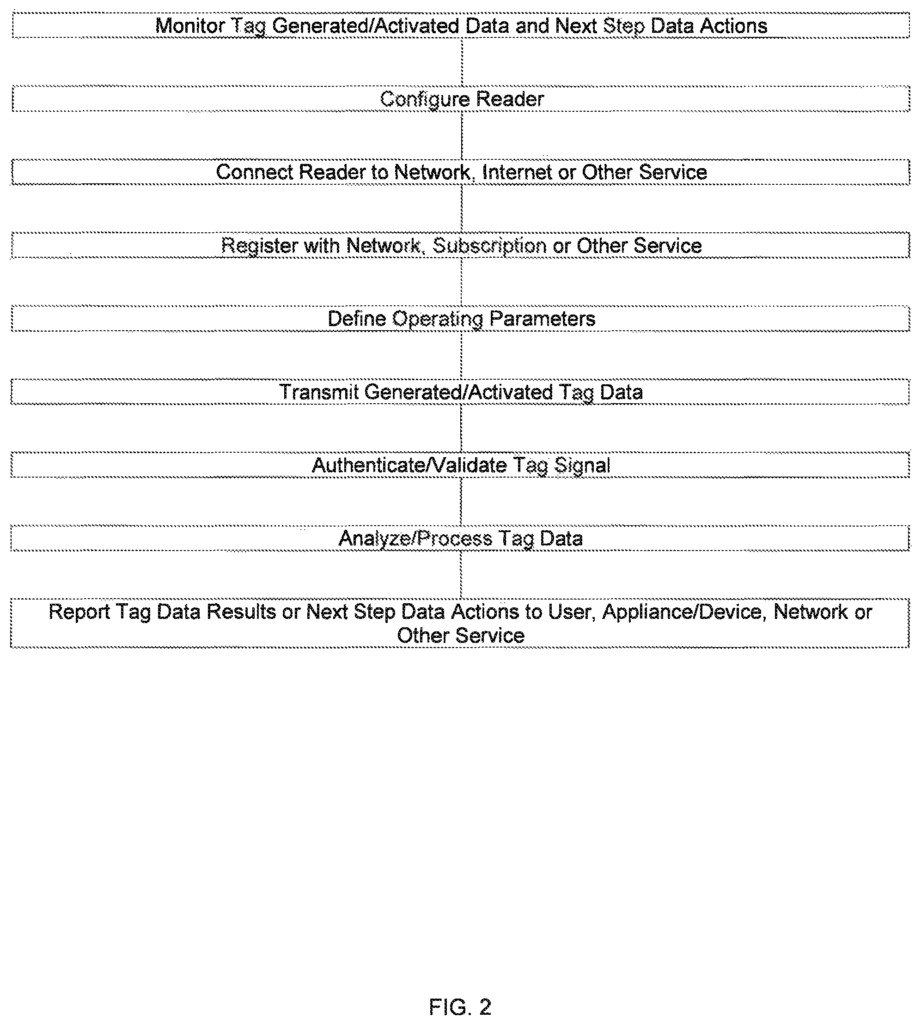
The present invention discloses tag technology constructed to incorporate sensor, pulse-sensing or other data generation technologies or activation technologies configured to create relationships between appliance/devices, garments, containers, technologies, networks or data modules, processes, or next step data action. A tag may be integrated into a CPG, FMCG, product, food item or container. It can also be included in a user’s device/appliance. Data modules or tag data can be activated when a certain combination of data, thresholds, levels, or amounts are generated or activated by a tag. Data module or store connections and relationships with an appliance/device or garment, technology or container can include home or retail, wholesale or manufacture, hospitality or industrial, healthcare or agricultural, food/recipe or tag data generation or activated; tag signal conversion and synthesizing human speech or texts; and monitoring and tracking, locating, and reporting: Product order placement and Fulfillment; product freshness, projected shelf-life, ambient air conditions, body, tissue, or product vital signs or movement or changes; healthcare and well being monitoring;
As used herein, tag generated or activation technology or data can include a tag configured for generating or activating data using pulse-sensing; a user control to manage tag data activation or exchange; or unique tags, users, data modules, product, services, provider identifiers or code or executable codes or references to them, or combinations thereof. In one embodiment, the tag sensor is made of a material that can detect, such as metal, or another similar material, and includes a tag antenna for generating data (‘pulse-sensing’). A tag may also be configured to detect, measure, or monitor the presence, amount, or threshold levels of gas, volatile organic compounds, chemicals, or stimuli. A tag can also be configured to detect or measure the presence, level, quantity or threshold levels of a gas (?gas? In a container or an ambient area. Tags can react or detect the presence of gas by changing their signal output or resistivity. A reader can interrogate and send this resistivity or output change, along with a tag or product, user, or purchaser identifier, to a local appliance/device or network, server, or inventory management system, and its related data set modules, to analyze and interpret the change in signal and provide next-step data actions. U.S. Pat. No. No. The following are incorporated by reference herein in their entirety: 20180290809, 20180093814, 2018,0249735, and 20170263100. A tag may be attached to or communicate with a user or product or container or device, or to an ambient area, or to a garment, technology, or ambient environment. Tags can contain one or more sensors that are configured to detect unique or different gases, pulse or modulate signals or use other technologies for tag activation or generation. In another embodiment, the tag can include a sensor portion that is combined with a humidity and temperature sensor in order to communicate with an appliance/device. The data generated by the tag and sensor can be analyzed and processed to compare the gas, temperature, and humidity levels, or concentrations, of a food item or product (e.g. meat) stored in a container, appliance, or device storage compartment. This can track freshness or spoilage grades, which can include high or medium or low designations.
The tag can also be configured to detect the freshness of a product, an ambient gas, element or condition, detect the presence or harmful ambient gases, contaminants, or explosives, monitor, track, or report changes in a person’s body, or to report on vital signs. It may also provide notifications to a device, garment, technology or container when certain data, such as gas levels or body vital signs do not report or respond, or fail to maintain, or reach, or exceed, a predetermined or selected software or AI, or AI, or a signature, or a comparative database, threshold, threshold, or a a a a a a a a a a a a a a a, or, or, or, or, or, or, or a, or a, or a, or a a a a a, or a a, or a, or a level, or a, or a comparison, or a profile, or a, or a, or a, or, or, or, or, or, or, or, or, or, or,or, or, or, or, or, or, or, or, or,or,,or,or,or,or, or,or,or, or, or, or, or, or,software or, or, or, or, or
Nature Electronics, vol. 1, doi: 10.1038/S41928-017, January 2018. 1. doi: 10.1038/S41928-017. January 2018. This article was featured in Nature Research News (including Electronic supplementary material), and is incorporated by reference herein in its entirety. A method is provided that uses electromagnetic energy or radio waves pulse sensing to direct a tag to a user’s tissue or body to allow an interrogation to be performed by a reader in order to receive the pulsed or generated data. The NCS or pulse sensing can modulate external and internal vital signals, motion, or changes in a user’s tissue or body (e.g. human, livestock or poultry). By integrating digital identification codes or signals that transmit with the generated signal, radio frequency multiplexing can be achieved. The NCS or pulse sensing can use both the RF signal phase and amplitude to isolate and sense a user?s vital signs or changes in body tissue, as well as their movement.
In one application, the high-frequency component of NCS or pulse-sensing signals can be used in order to reduce body movement interference and collect more accurate data on blood pressure, heart rate, or other body metrics. The unique ID associated with a tag allows for better discrimination between ambient interference and tags. The pulse sensing or NCS tags can be applied without a tag directly touching a person’s skin. They can also be attached to clothing, appliances/devices, containers, technologies or any other attachment or supporting mechanisms to hold, position and interrogate a tag in an area that is to be monitored.
Another embodiment” provides a code, a code with a sensor portion, or a reference to a code executable stored on a circuit or memory of a device or reader that can be accessed and executed. In one embodiment, code can be used to provide data, algorithms, or software for interpreting or processing tag generated data. This could include pulse sensing data, sensor data (such as tag resistance or output changes), modulated or unmodulated pulsing signal, or tag data converted to synthesized voice or text in order to provide responses or queries or actions on next step data. As discussed below, tag data and code can be configured in order to launch an application on an appliance/device for the purpose of setting up and operating a tag, and its data, when activated. Tags can be programmed or activated so that they automatically open an application in the appliance/device to setup user data, and control to monitor, track, and report pulse-sensing, sensor data, or next-step data actions. These can be configured or programmed with tag, product or network suggestions or recommendations. Tag data or code may also be configured to automatically place a service or product order, or to add a selected product to a virtual shopping cart, or to open a landing page with an order option. A product image can then be displayed on a television or appliance with the option to purchase, or browse. A tag sensor can also be configured to control code execution or code references so that they are only executed when the sensor is activated, or combinations thereof.
For example, according to the description herein, a computer program, system or method may be configured to process data generated by tags or activated via a network, appliance/device, or computer with a computer-readable storage medium and processor, with stored program instructions on the tangible medium that are to be executed using a processor. As described here, a network computer system, method or program can receive executable content from a tag or other device, such as an appliance/device or garment. Content can be program code executable by reader, appliance/devices, garments, technology, or networks. The content is provided to the reader by a tag. By retrieving a specific code, which can specify a particular location by reference to the code, it is possible to execute content. The content can include a reference. The code or content may be sent to the respective appliance/device or garment to execute, which could include any of the next step data actions listed here. The associated or tag-generated or activated data may be retrieved, analysed or processed by an appliance/device or garment technology, or network data in order to perform the next step data action described and discussed.
FIG. Tag 9 can be attached to or used with a user, device, clothing, container, or product. A tag may be configured with data generation, sensor 11, or activation technologies such as executable codes, tag identifiers, unique user data, or product identifiers, such as stock keeping codes (SKU), Universal Product Codes (UPC), European Article Numbers (EAN), serial numbers, or model numbers configured to generate data for tracking and monitoring, locating and reporting, order placing, marketing, user vital signs, and product freshness, and levels or thresholds or reporting levels, and any others described in this document.
A reader system with an antenna can interrogate tag data. An antenna transmits an interrogation to a passive tag or semi-passive tags. The tag responds to this signal by sending generated or activation information back to the reader through the sensor or the antenna. Data can be sent to or in communication to a tag data system or processing system, which can be located in an appliance/device (or other device), garment, technology or container. The data module can then be used to process, store, analyze or convert data, or to respond to prompts, or the next data action. Data processing can take place locally, via a network or data and be configured as a subscription or internet service. As shown in FIG. As shown in FIG. 2, a subscription-based service can be designed to provide analyses, interpretations and queries of generated or activated information configured into modules or next step actions, as well as to provide user products, services, or providers. Data processing modules and next step data action system can be configured to process generated, activated, or next-step data actions based on the function or intended use of a label. Tag processing systems can, for example, be configured to deliver automated or sequential product orders and deliveries, or provide user vital signs, such as body, tissue, or product data. Tag processing systems can be configured to analyze and validate tag signals and data, and activate them, such as pulse-sensing, gas concentration monitoring, location monitoring or mobility monitoring, unique identifiers, and code.
As shown in FIG. A tag 9 with a sensor or antenna portion 11 can receive a RF interrogation from a reader, and broadcast a RF response with pulsing or generated activation, or next step data. Tags typically have linear- or circular polarized antennas, which can be built as a series nested rectangular patterns that contact adjacent patterns. The sensor can also be connected or communicated with by the short conductive leads.
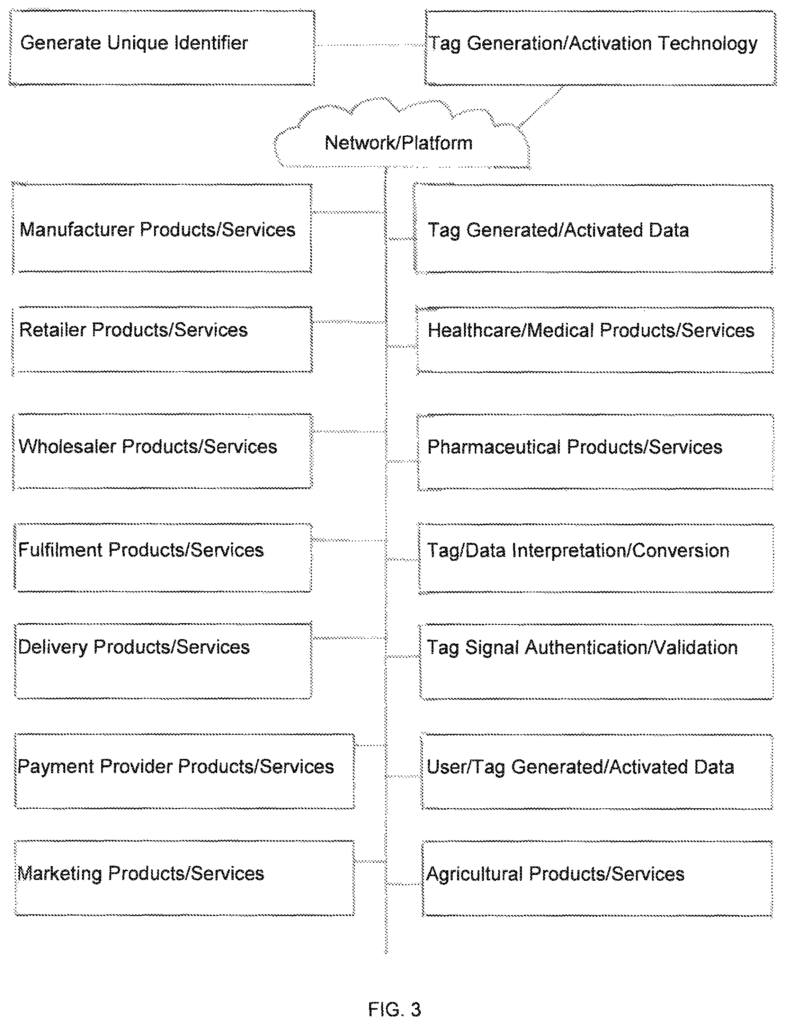
FIG. The 1 illustrates a single or double 12 perforation line 13, or a precut application 14, to help separate tag components. These applications can easily be fabricated or constructed around a substrate 16, antenna 10, sensor 11, or circuit 17 to separate tag components. A pull tab 180 attached to a substrate or perforations, as well as other materials to separate components, can also be used to disable a tag. An antenna, sensor, or circuit can be separated from one another in any combination or order to control, disable, reconfigure, or disable a label. A tag can also be configured to confirm these steps or processes visually or digitally. Tag readers or appliances/devices can be used to confirm the above steps or processes. They may also provide confirmation via an appliance/device or display, or synthesized speech, text, or an audible device that a signal from a tag or data generated or activated is no longer sent. These tag structures can be used to deactivate tags. A reader, with software or processing, can identify the tag as unreadable or missing and provide next-step data actions such as placing an order for an absence product or converting said action to synthesized human voice or text in order to inform an appliance or device that a product has been absent, or an order was placed, or to ask whether an order should be made or provide other or sequenced data actions.
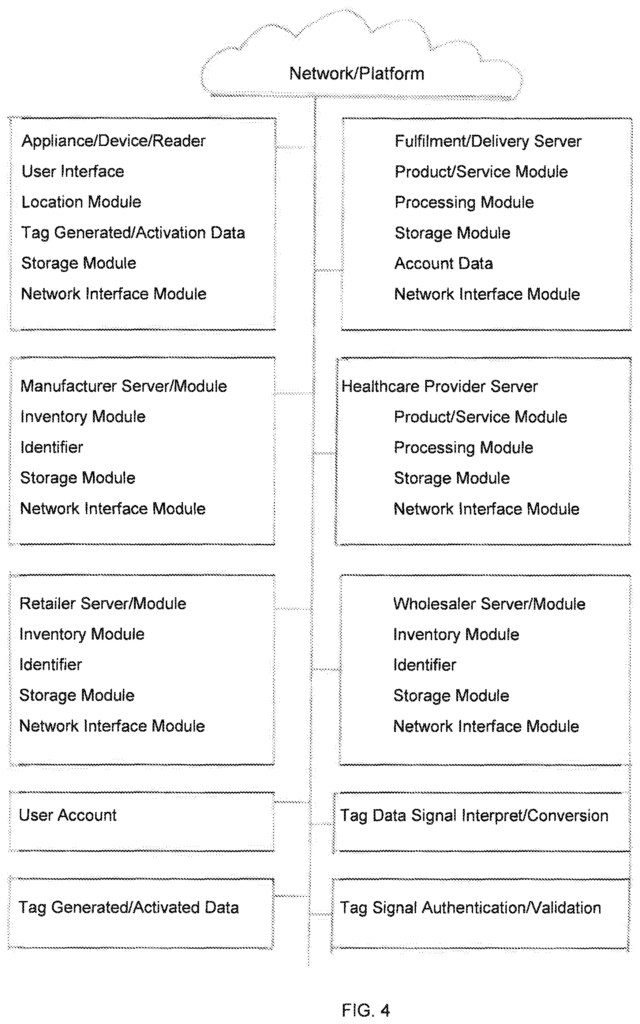
Click here to view the patent on Google Patents.
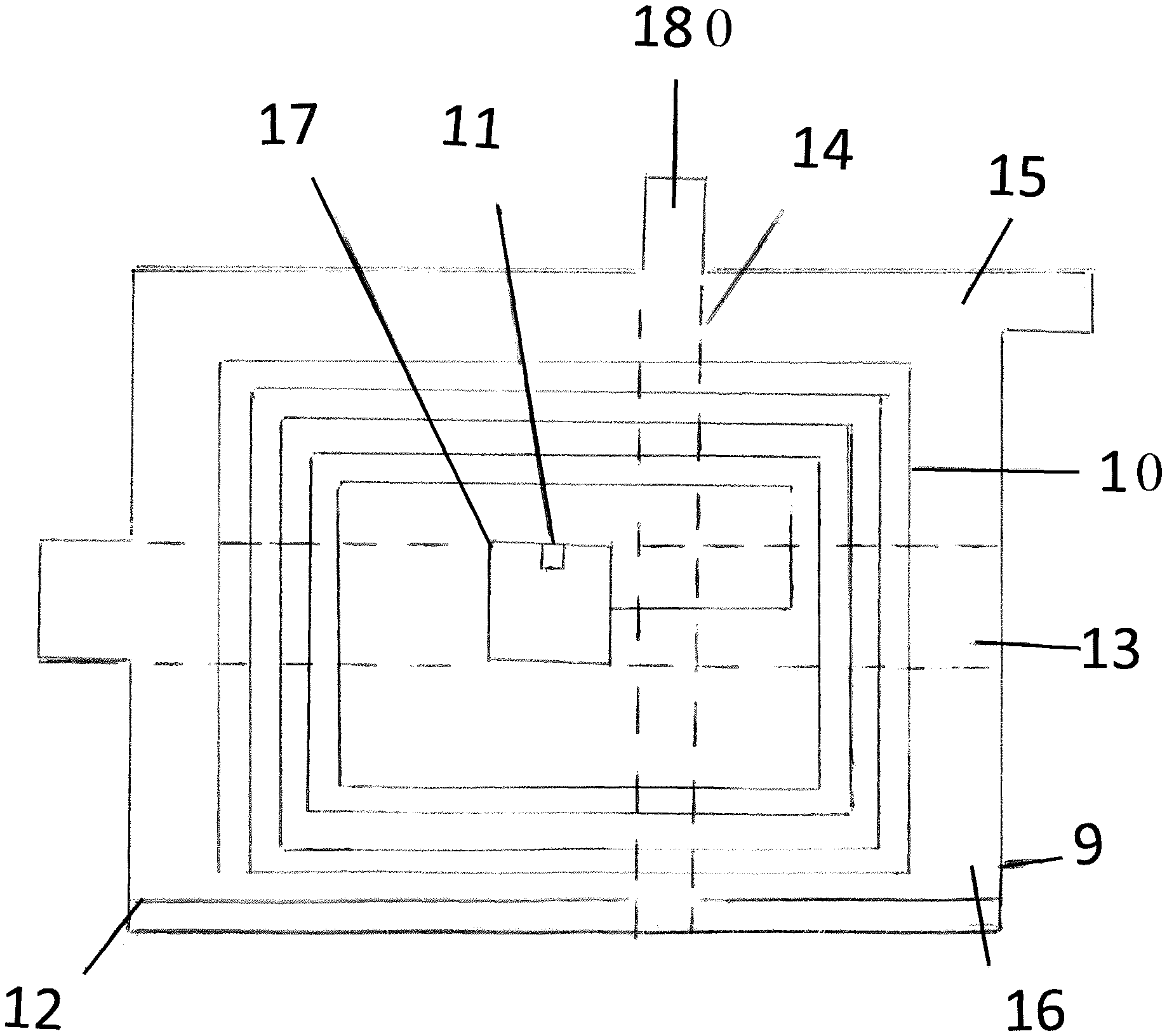
Leave a Reply